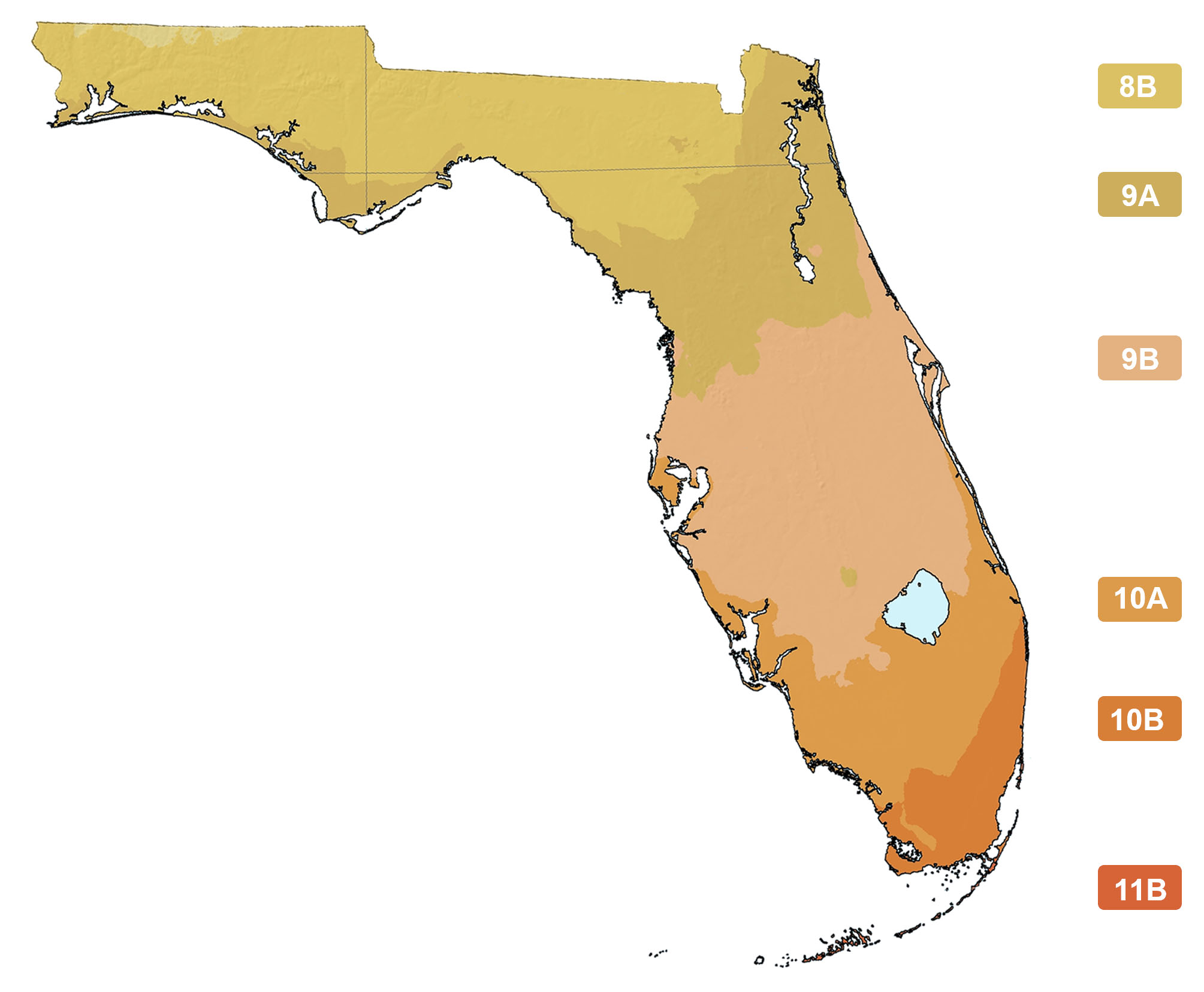Salix caroliniana
Photographs belong to the photographers who allow use for FNPS purposes only. Please contact the photographer for all other uses.
Carolina Willow, Coastalplain Willow
Salicaceae
Plant Specifics
| Form: | Tree | |
| Size: | 25-60 ft tall by 20-40 ft wide | |
| Life Span: | Long-lived perennial | |
| Flower Color: | Yellow | |
| Fruit Color: | White | |
| Phenology: | Deciduous | |
| Noted for: | Interesting bark, Showy flowers, Showy fruits |
Landscaping
| Recommended Uses: | Casual lanscapes, moist areas, rain gardens or bioswales. This tree can be attractive most of the year due to its fairly fine leaves. It is at its best for a brief period in early spring when it blooms (yellow) and then sets masses of white fruit at a time when little else is blooming. Will tolerate root disturbance and flooding. | ||||||||||||||||||||||||||||||||||||||||||
| Considerations: | Weak wood, easily broken. | ||||||||||||||||||||||||||||||||||||||||||
| Propagation: | Seed, cuttings. Will send up numerous sprouts from stumps. | ||||||||||||||||||||||||||||||||||||||||||
| Availability: | Native nurseries, Quality nurseries, Seed | ||||||||||||||||||||||||||||||||||||||||||
| Light: | Full Sun | ||||||||||||||||||||||||||||||||||||||||||
| Moisture Tolerance: |
always floodedextremely dry |
||||||||||||||||||||||||||||||||||||||||||
| (Aquatic ----- to ----- Not wet but not extremely dry) | |||||||||||||||||||||||||||||||||||||||||||
| Moisture Tolerance: | Aquatic ----- to ----- Not wet but not extremely dry | ||||||||||||||||||||||||||||||||||||||||||
| Salt Water Flooding Tolerance: | Not salt tolerant of inundation by salty or brackish water. | ||||||||||||||||||||||||||||||||||||||||||
| Salt Spray/ Salty Soil Tolerance: | Some tolerance to salty wind but not direct salt spray. | ||||||||||||||||||||||||||||||||||||||||||
| Soil or other substrate: | Pond, lake, or stream bottom, Organic material (muck), Sand | ||||||||||||||||||||||||||||||||||||||||||
| Soil pH: | Acidic to neutral | ||||||||||||||||||||||||||||||||||||||||||
Ecology
| Wildlife: |
| |
| Insects: | Larval host plant for Viceroy (Basilarchia archippus). The species is wind pollinated, but bees harvest pollend from the male flowers. Observed species include Dialictus nymphalis and D. tegularis (Deyrup et al. 2002). | |
| Native Habitats: | Swamps, marshes, floodplains, glades around gator holes. Open, wet, sunny areas. |
Distribution and Planting Zones
Natural Range in Florida
USDA Zones
Suitable to grow in:
10A 10B 8A 8B 9A 9B

USDA zones are based on minimum winter temperatures
Comments
| Ethnobotany: | Willow stems have been used for basketry and other woven wood structures such as fences and furniture. Willow sap contains salicylic acid, which is a natural ingredient of aspirin (acetylsalicylic acid). | |
| General Comments: | While generally a swamp plant, this tree can grow in uplands. Stems root readily and most of the stems stuck in a moist substrate will survive without any further care. Is often used in stream bank restoration. |




